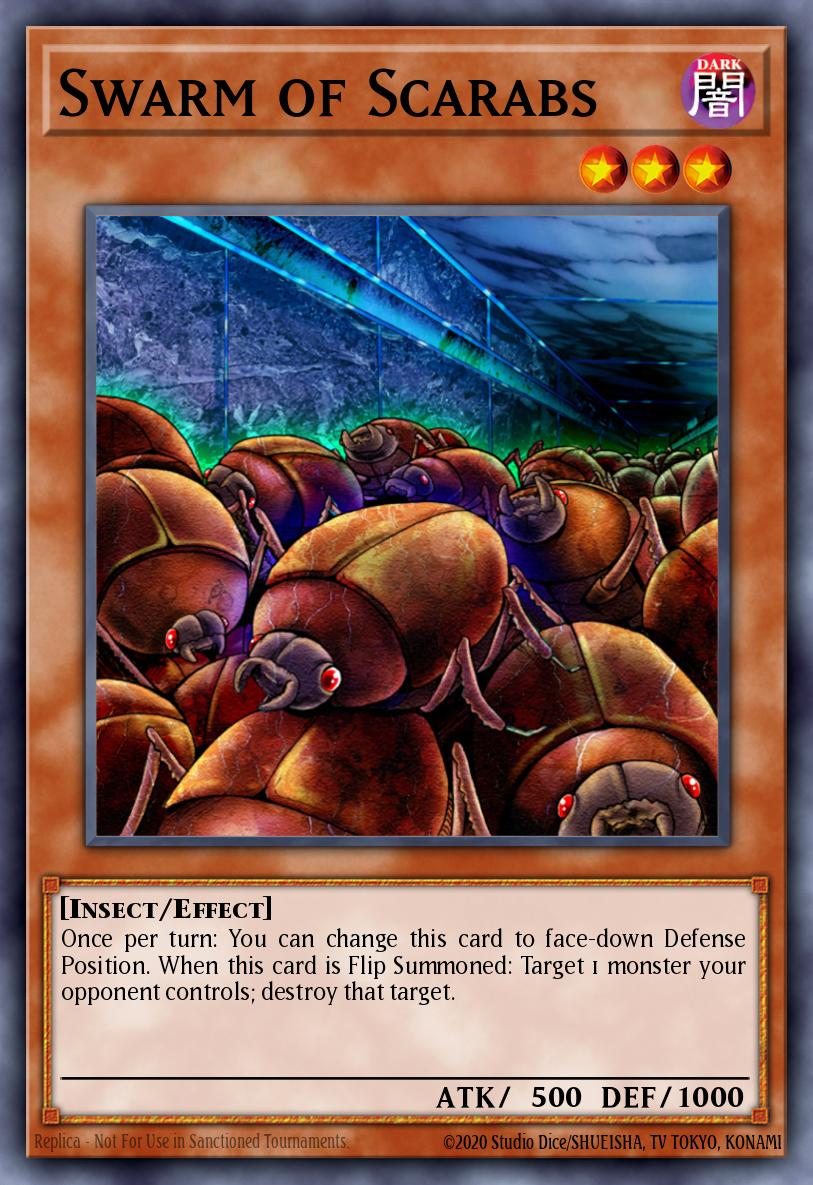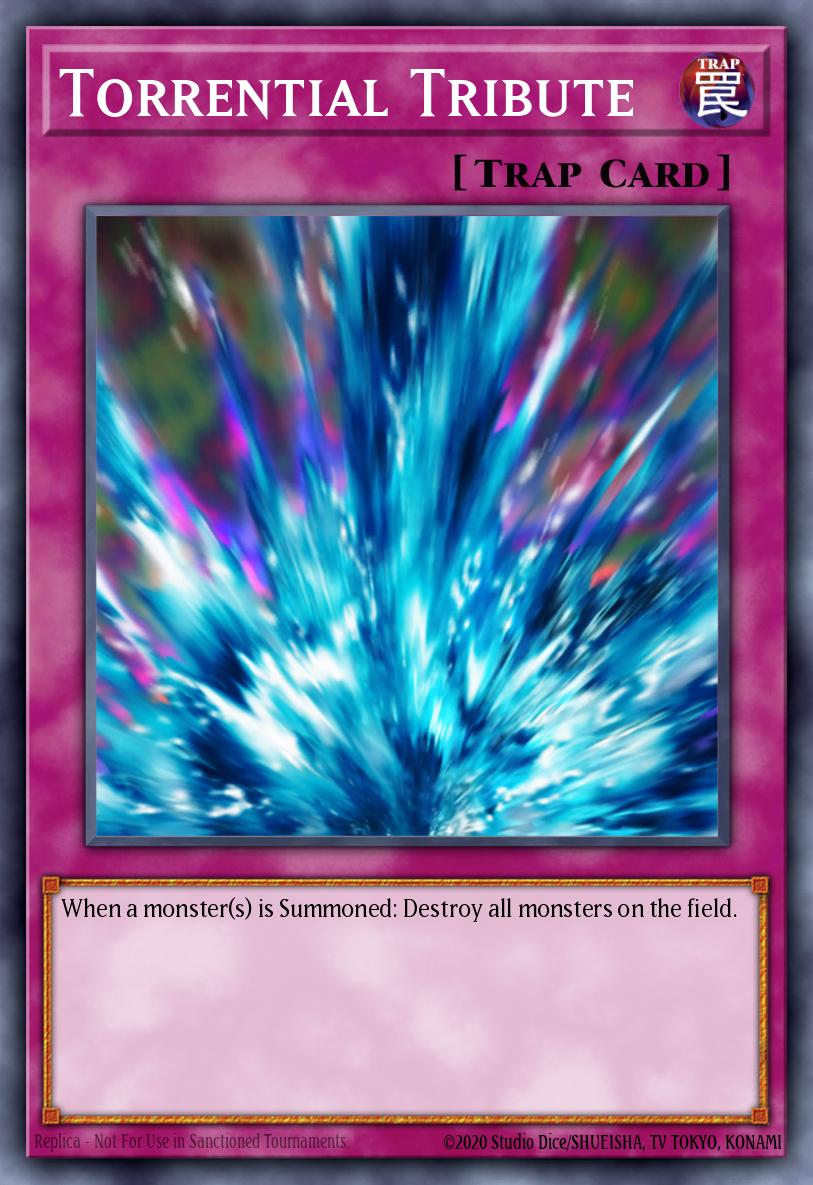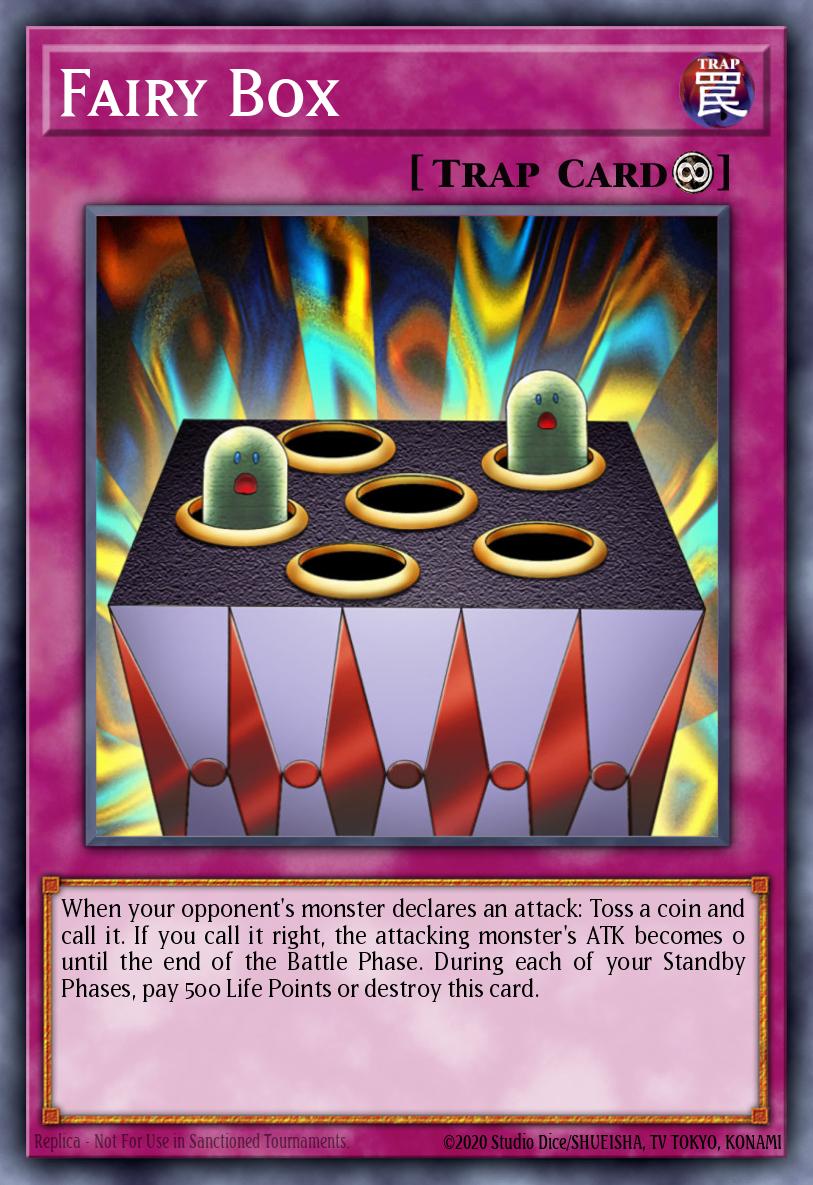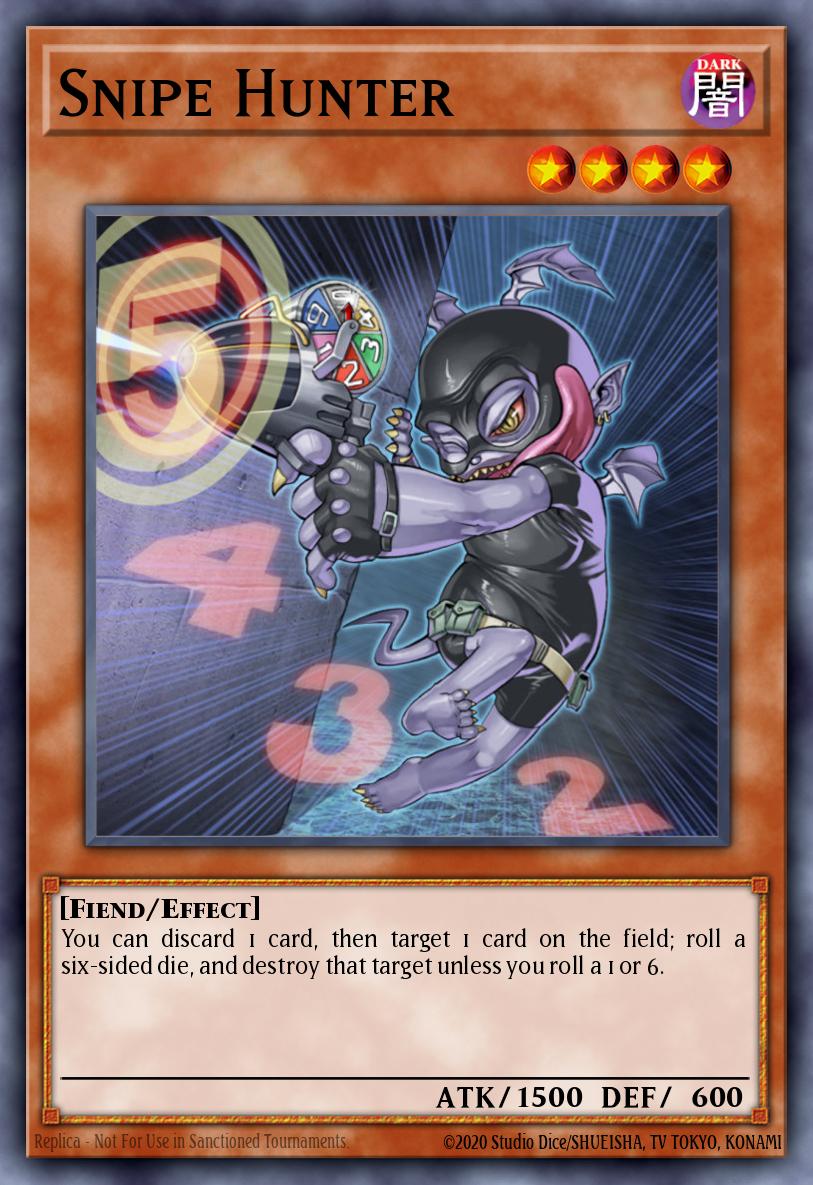Introduction
Over the past few years there has been an explosion of interest in limited formats for Yu-Gi-Oh. With the popularity of The Yu-Gi-Oh! Progression Series and its several imitators, along with YGOProDeck adding exciting new functionality for Cube Drafting, more players than ever are trying out limited formats. However, while many skills carry over from constructed play to limited play, there are several important skills specific to limited that players can flex to edge out their opponents. If you’re the type of sweaty try-hard who is interested in such a thing, then look no further.
Who am I to offer such advice, you might ask? I’m Leah, a.k.a Full_Bloom2, and for the past two years I’ve played through every single core yugioh set ever released for MBT Yu-Gi-Oh’s recently concluded YouTube show Progression Playoffs. While I don’t claim to be the greatest limited player of all time, I did win one season and had some high-performing stretches across several others. More importantly, I've played every single core set in limited, and have designed and played several different cube drafts. Completing a progression series is like finishing a degree with Yu-Gi-Ology, so I have lots of insight and experience to share. With that said, let’s get to it!
The Laws of Limited
Let’s back up for a moment. What is limited? In limited formats, players have incomplete access to the entire legal cardpool, typically due to opening some amount of sealed product and only being able to build a deck from those cards. Limited is the opposite of constructed, where players get to play any legal card so long as they own a copy of it. While typical TCG events are constructed, things like progression series and cube drafts are limited.
The most defining strategic consideration of limited formats is present in the very name: they have, by nature, limited options. This means that certain cards that aren’t very good in constructed have the potential to be great in limited.

For example, while the card Swarm of Scarabs wasn’t anything to write home about in the TCG when it was released, the card overperforms in Duel Monsters-era limited formats, where the ability to get repeatable monster removal is very strong. After all, you might only have access to one or two copies of much stronger removal, such as Smashing Ground or Sakuretsu Armor. In limited, you take what you can get!
Commons, Commons, Commons
This brings us to one of the most important considerations for limited: rarity. In constructed, rarity just refers to the shininess of your cards. But in limited, rarity is a game mechanic. A card being common makes it meaningfully different from a rare. While constructed is defined by what’s the most powerful at super-, ultra-, and secret-rare, limited is defined by the commons.
In a typical progression series, players open 24 nine-card packs of one booster box each episode. For most sets, around 185 of the 216 cards you pull from that box, or about 86%, are commons. Because the vast majority of cards in your pool will be commons, that means that your strategy should typically be based around what is consistently available at common. This doesn’t mean that higher rarity cards don’t matter - of course they do - but it does mean that you don’t always need to play around them.
For example, let’s say you’re playing limited with some packs of Labyrinth of Nightmare, and your opponent has a set spell/trap that you’re worried about.


The strongest trap in the set is easily Torrential Tribute, but that card is an ultra rare. On the other hand, Fairy Box is also a very strong trap from that set, but it is a common. With this knowledge in mind, you are probably safe to summon another monster to the board, but that you should be extra careful with which monster you choose to attack into your opponent’s monsters, lest they become food for the opponent’s surprise Fairy Box!
Threats and Answers
Just like in any format, in limited, you should play a variety of threats and a suite of answers that correspond to the format’s specific threats. However, what you play depends on what you can expect your opponents to play. In other words, being aware of the commons not only helps you play better in-game. It also helps you build your deck more effectively!

Here’s an example from Progression Playoffs season two, where we used only cards from the GX era. By the far the strongest common in Cyberdark Impact is Snipe Hunter, due to its ability to destroy any and all cards the opponent controls, provided you have enough cards to pitch from your hand. Because Snipe Hunter was so strong and so generic, we could expect every player to include as many copies of it in their deck as they could.

However, this in turn made Hydrogeddon, a common from the earlier set Elemental Energy, extremely strong. Since Hydrogeddon has 100 more attack than Snipe Hunter, you could reliably crack back from an opponent’s Snipe Hunter by summoning Hydrogeddon (waiting safely in your hand until the time to strike!) and killing the Snipe Hunter, triggering Hydrogeddon’s effect and summoning another copy of it from deck to attack. Since GX formats are so slow, a high-tempo play such as summoning two Hydrogeddon in one turn was often game winning.
Later on, we banned Snipe Hunter, and when we did, Hydrogeddon stopped seeing play because the threat it anwered no longer existed. This goes to show that good deckbuilding in limited isn’t always just a matter of playing the individually strongest cards. Good deckbuilding requires an awareness of what is available at common, what kinds of threats your opponents might present, and what kinds of answers you have to those threats.
Conclusion: Learning to Love Limited
Part of what is so fun about limited is that it tests different skills that constructed. Evaluating cards on the fly, especially in very tiny formats with only a few hundred cards legal, may be difficult at first, but it sure is addicting once you get the hang of it.
In this article, I’ve focused mainly on commons you might pull from sealed packs. However, in cube draft, cards don’t have an inherent rarity. With that said, many cube drafts today are built with some cards existing only as 1-ofs while other cards, such as Volcanic Shell in TheRJB0 and E3 Yu-Gi-Oh’s wonderful Edison Cube, have as many as 6 or 7 copies! This creates a sort of pseudo-rarity. Treat 1-of’s like rares and cards that exist in multiple copies more like commons.
Well, that brings this article to a close. Now you know some of the most basic and fundamental strategies for limited play. Join us next time for when we dive into the more advanced side of limited. Until then, may you always pull playsets of the busted commons.




